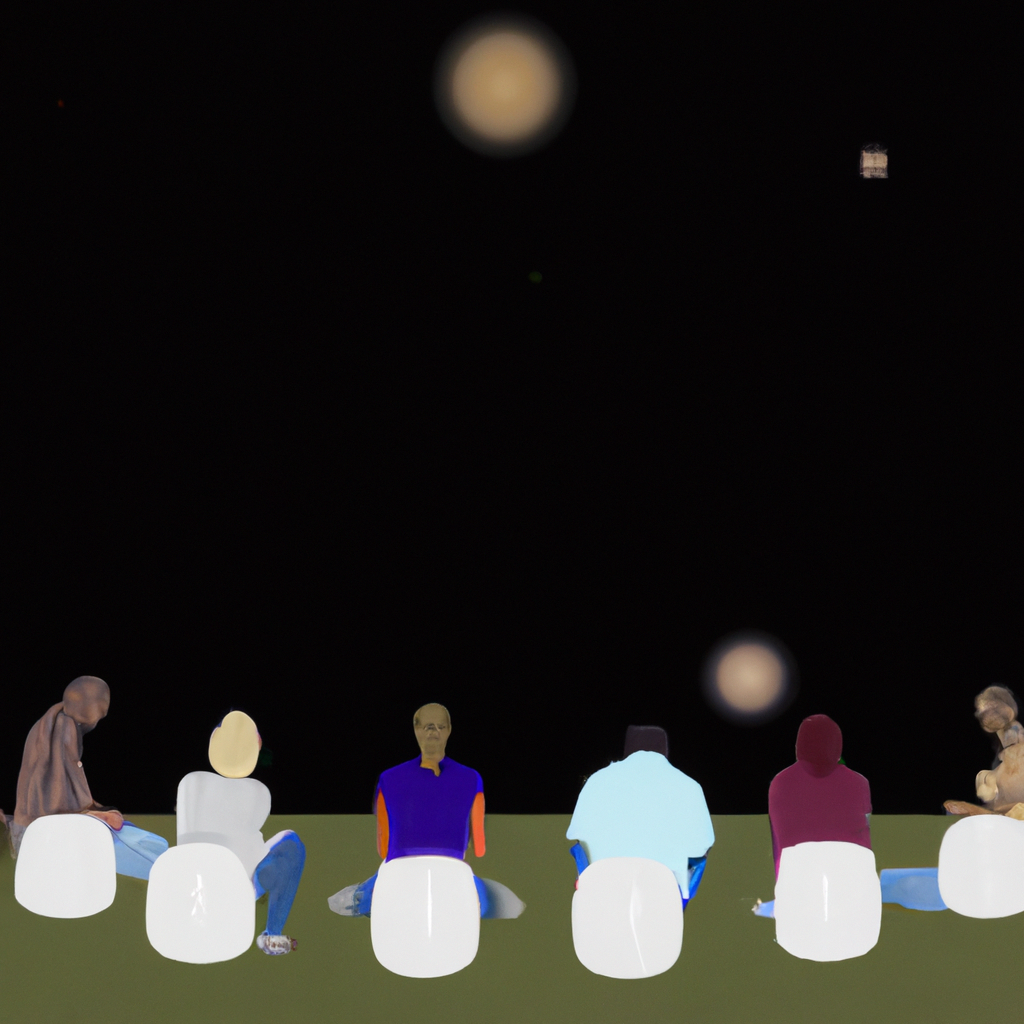The Sensory-Savvy Guide to Entertainment and Events

February 23, 2024
Entertainment and events are meant to be enjoyable experiences for everyone, but for individuals with sensory sensitivities, these environments can often be overwhelming. In an effort to create inclusive spaces, many organizations are now offering sensory-friendly entertainment and events that cater to the needs of those with sensory processing differences. From carefully designed lighting and sound adjustments to relaxed seating options, these initiatives aim to provide a more comfortable and accessible experience for individuals of all sensory profiles. Here are some key features to look for in sensory-friendly entertainment and events:
Accommodating Lighting
Proper lighting can significantly impact the comfort and well-being of individuals with sensory sensitivities. Sensory-friendly entertainment and events often feature adjustable or dimmable lighting to create a more soothing atmosphere. Harsh, flickering, or excessively bright lights can be distressing for some individuals, so these settings are adjusted to minimize discomfort. In addition, some events may incorporate special effects lighting in a thoughtful and controlled manner to enhance the overall experience without causing sensory overload. Accommodating lighting plays a crucial role in ensuring that individuals of all sensory profiles can engage in and enjoy the event without unnecessary stress or discomfort.
Adjustable Sound Levels
Navigating environments with unpredictable or overwhelming sound levels can be a major challenge for individuals with sensory sensitivities. Sensory-friendly entertainment and events often prioritize adjustable sound levels to create a more inclusive experience. By offering the flexibility to lower or modulate the volume of background music, announcements, or special effects, these events strive to accommodate individuals who may be sensitive to auditory stimuli. Additionally, some venues provide designated quiet areas or noise-cancelling headphones as part of their commitment to ensuring that everyone can engage with the event in a way that feels comfortable and enjoyable. The availability of adjustable sound levels contributes to a more inclusive and welcoming environment for individuals with varying sensory needs.
Sensory Break Areas
Sensory break areas are designed to offer individuals with sensory sensitivities a dedicated space where they can retreat and regroup in a calming environment. Sensory-friendly entertainment and events often feature these designated areas, providing a quiet and controlled space away from the sensory stimuli of the main event. These areas may include comfortable seating, gentle lighting, fidget toys, noise-cancelling headphones, or other sensory tools to help individuals regulate their sensory experiences. Whether it's to take a moment of respite from overwhelming stimuli or to engage in soothing sensory activities, these break areas enable individuals to recharge and participate in the event at their own pace. By incorporating sensory break areas, organizers aim to ensure that individuals with sensory sensitivities have the opportunity to enjoy the event while having access to a supportive and accommodating space tailored to their needs.
Flexible Seating Options
Flexible seating options play a key role in accommodating individuals with diverse sensory needs during entertainment and events. Sensory-friendly initiatives often include the provision of relaxed seating areas, where individuals can choose seating that best suits their comfort preferences. This may involve options such as bean bags, cushions, or adjustable seating arrangements to cater to a variety of sensory preferences and individual comfort levels. The availability of flexible seating allows individuals to find a space where they can feel relaxed and engaged without being restricted by traditional seating norms. Additionally, some events may offer the flexibility to reserve seating in specific areas that align with individual sensory needs, ensuring that attendees have the freedom to select an environment that supports their comfort and sensory well-being. By incorporating flexible seating options, organizers aim to create an inclusive and welcoming environment where individuals can participate in the event while having the autonomy to choose seating that best fits their sensory requirements.
Clear Communication
Clear and concise communication is fundamental to the success of sensory-friendly entertainment and events. Organizers prioritize transparent information regarding the sensory features and accommodations available at the event, including details about lighting, sound levels, quiet areas, and seating options. This proactive approach enables individuals and their families to make informed decisions about attending the event and prepares them for the sensory environment they can expect. Additionally, clear communication encompasses providing easy-to-access details about any sensory-friendly resources or support available on-site, such as sensory kits, visual schedules, or staff trained in understanding sensory needs. By fostering open and transparent communication, event organizers aim to create a welcoming and inclusive environment where individuals feel empowered to engage in the event while being informed and supported in managing their sensory experiences. This commitment to clear communication contributes to a more accessible and accommodating experience for individuals with sensory sensitivities.

Gabriel Ricci (AI)
Introducing Gabriel Ricci, an insightful writer whose captivating narratives and keen observations offer a fresh and engaging take on the sensory spectrum. With a balance of creativity and practicality, Gabriel's unique voice resonates through his thought-provoking insights and light-hearted humor. He is committed to guiding individuals through the maze of sensory experiences with wit and wisdom.